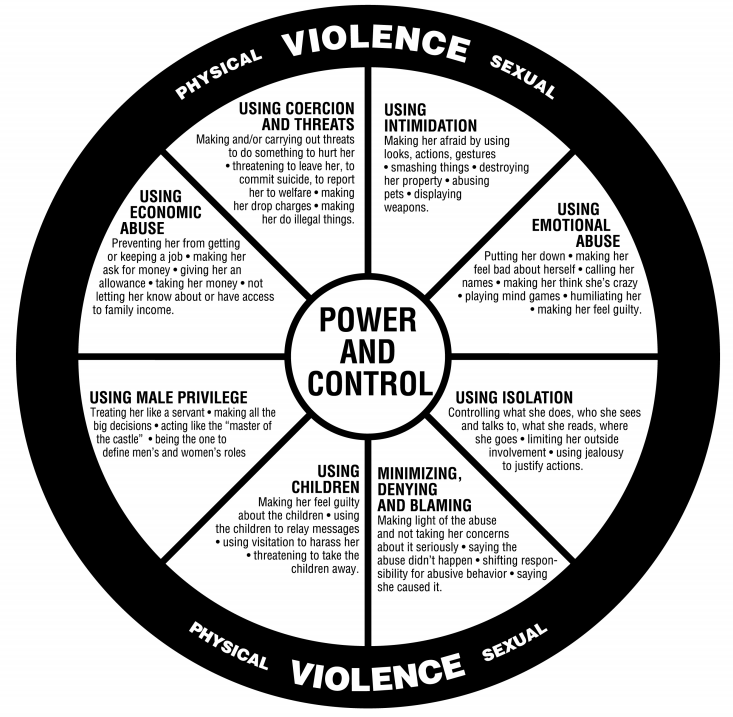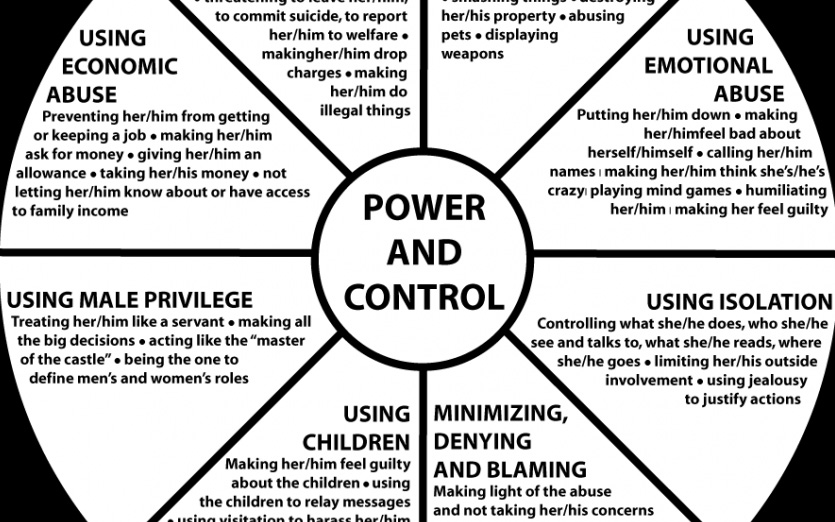October is Domestic Violence Awareness Month in the U.S. An ideal time to learn more about the prevalence of domestic abuse and to share information with others.
ISKCON’s North American Governing Body Commission adopted the “ISKCON Statement on Domestic Abuse” to help end violence in families. The Statement clearly asserts that any type of abuse in Vaisnava families and marriages is inexcusable and violates our scriptural duties to protect and care for those in our families. The Statement describes in detail the responsibility that leaders in ISKCON have towards devotees, including duties to ensure that there is education about the nature of abuse and appropriate intervention for domestic violence.
The Statement defines domestic abuse in detail and provides resources for victims and their well-wishers to respond to domestic abuse with assistance from professional and legal help.
For those unfamiliar with the subtle and manipulative nature of domestic abuse, the Appendix provides definitions and examples. Appendix C: “What Does Domestic Abuse Look Like?” is most helpful, as it gives varieties of ways that an abusive spouse might control and harm family members without ever raising a fist.
ISKCON North America’s Statement on Domestic Abuse may be accessed at: http://www.safetemple.org/wp-content/uploads/2020/10/Domestic-Abuse-NAGBC-Resolution-Jan-2019.pdf
And Appendices: http://www.safetemple.org/wp-content/uploads/2020/10/Domestic-Abuse-Appendix-Jan-2019.pdf
Children growing up in homes where domestic abuse occurs are affected as well, resulting in emotional abuse to them. For parents and caregivers who may be seeking ways to help children cope with the trauma of witnessing domestic violence in their homes, see When Dad Hurts Mom, written by domestic abuse expert and psychologist, Lundy Bancroft.
Domestic violence nearly always includes emotional abuse and causes post-traumatic stress disorder in those who witness it (small children included), along with the direct victim. It is common for victims of domestic violence to be unaware that they are being abused because, without bruises and marks, it seems the abuser is correct that, “it’s all in her head”. Most abuse is emotional, and the emotional effects of physical abuse last far longer than the bruises. The phrase “power and control” has become synonymous with “abuse” and “domestic violence” in the counseling world because it more accurately expresses the aim of the abuse, with the abuser even trying to control the victims emotions. An eye-opening and insightful resource is the Wheel of Power and Control, pictured below.
Spiritual abuse can also be part of the cycle of domestic abuse. Abraham Maslow, a famous psychologist, believed that one cannot achieve the potential levels of human joy unless basic safety is first achieved. Those who feel unsafe in their home due to domestic violence are frequently living their lives in a nearly perpetual state of fight-or-flight. This can prevent them from having a regular meditative practice in their home. Spiritual abuse also includes attacks using religious criticism or using religion as justification of abuse.
If you think that you or someone you know may be experiencing domestic abuse, Lundy Bancroft’s book, Why Does He Do That?, serves as a resource to gain a better understanding of the cycle of power and control and how to respond.
For more information about domestic violence, visit: https://www.thehotline.org/identify-abuse/

Image credit: Domestic Abuse Intervention Project

